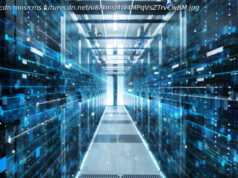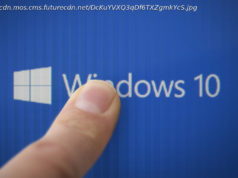Users can choose to re-enable LightDM if they want to
The company behind the popular Linux-based operating system for desktops, servers, cloud, and IoT (Internet of Things) revealed last month its plans to replace the eye-candy LightDM login manager, which it used until now on numerous Ubuntu releases by default, with GNOME’s GDM (GNOME Display Manager) .
The first major change of the Unity 7 to GNOME Shell transition came in early June when Canonical replaced the Unity 7 session with the GNOME desktop environment by default in the latest daily builds, which now also ship with GDM as default login manager instead of LightDM.
We discovered this change yesterday when we’ve updated our Ubuntu 17.10 installation to the latest package versions from the main software repositories of the upcoming operating system. During the update process, we were asked if we want to keep LightDM or switch to GDM as default login manager.
We didn’t want to report anything that day because the current daily builds of Ubuntu 17.10 were still using LightDM, but that changed today when a new set of ISO images arrived, tagged as build 20170707.1, and they do have GNOME’s GDM display manager installed and enabled by default, so say goodbye to LightDM.
We have to say that we’re OK with these changes, but we do hope that Canonical will add a nice, more appealing skin/theme to GDM, because right now it looks awful and does not even compare with LightDM, which was recently adopted in the Linux Mint 18.2 «Sonya» Cinnamon Edition, and looks astonishing.
In conclusion, the good news is that LightDM is still there, so you can easily re-enable it if you want to use it instead of GDM with a simple command (e.g. sudo dpkg-reconfigure gdm) and then choose which login manager you want to have by default, but there might be incompatibilities with the GNOME Shell session. Which one do you prefer?






